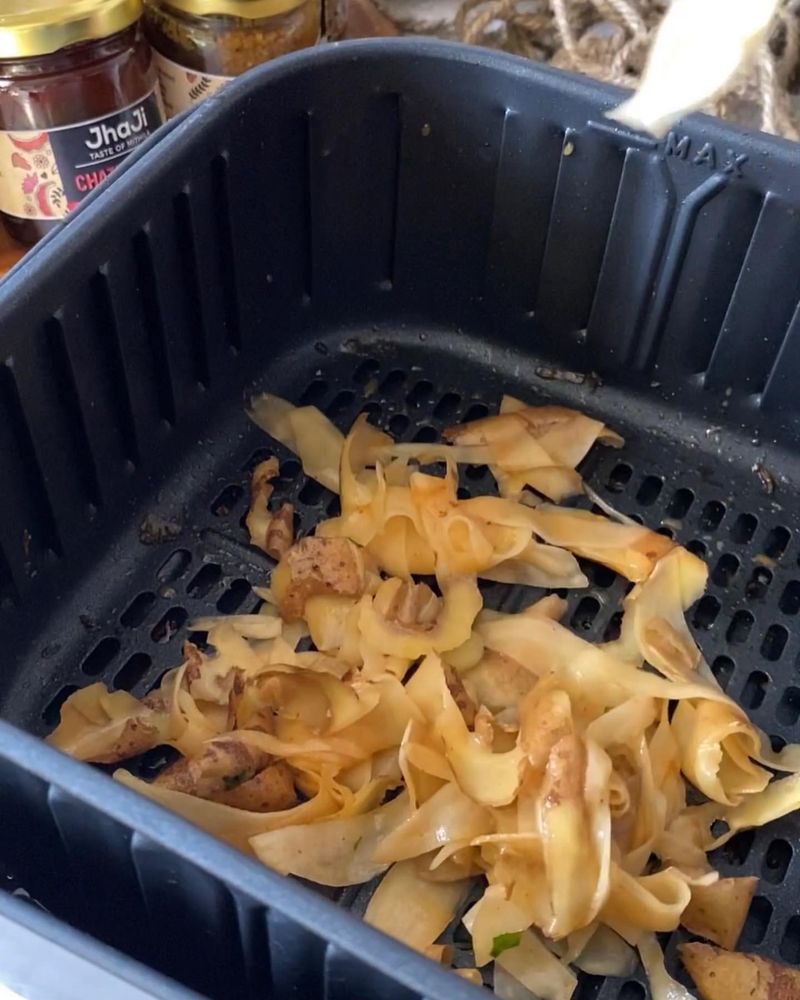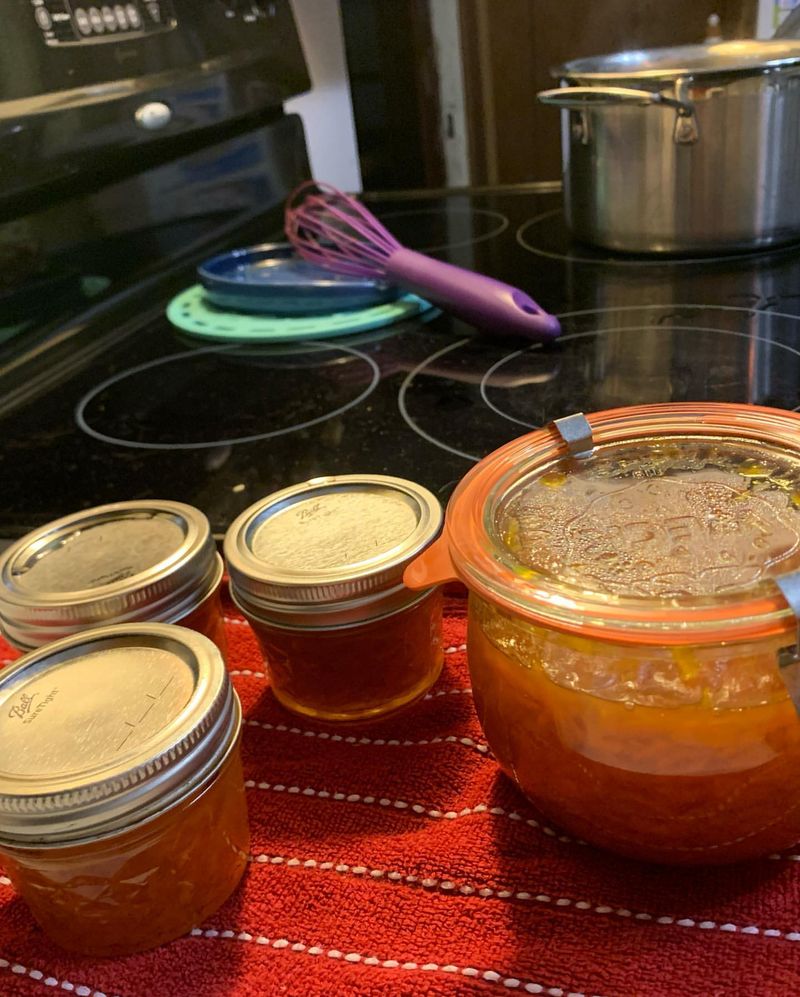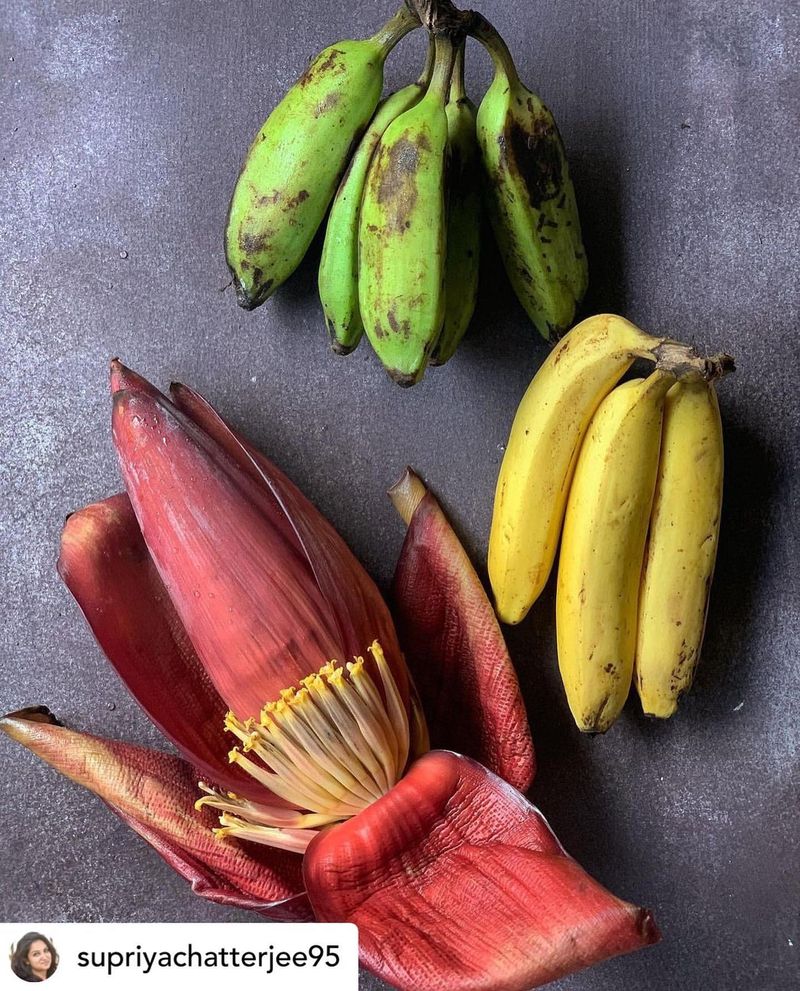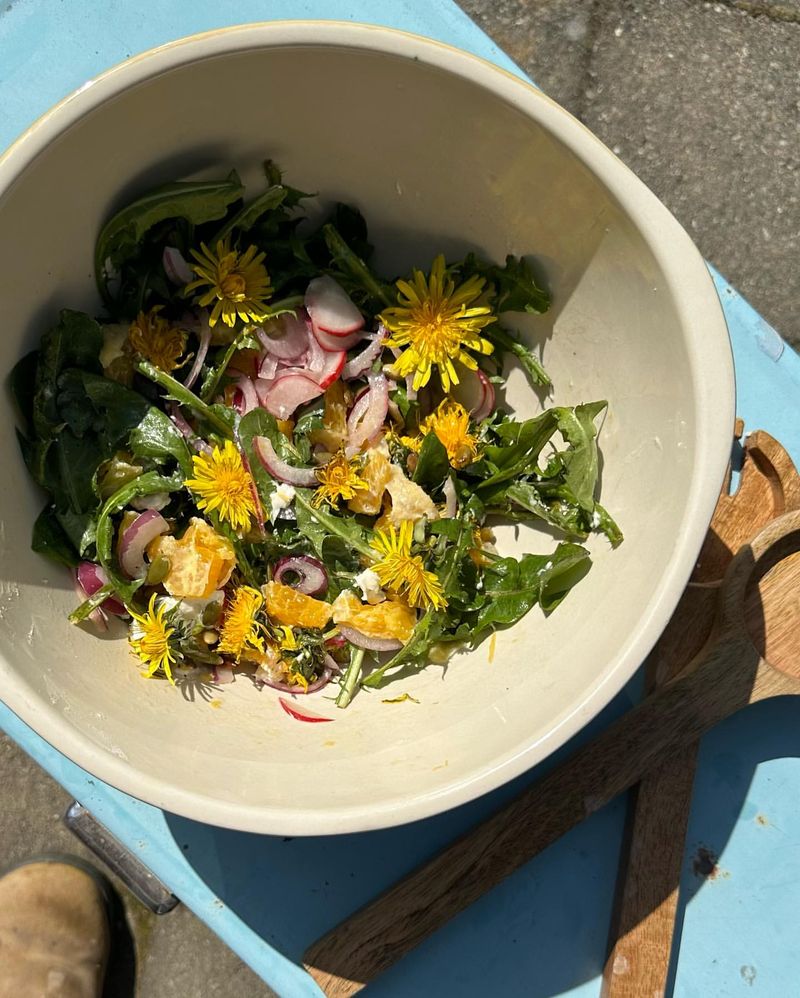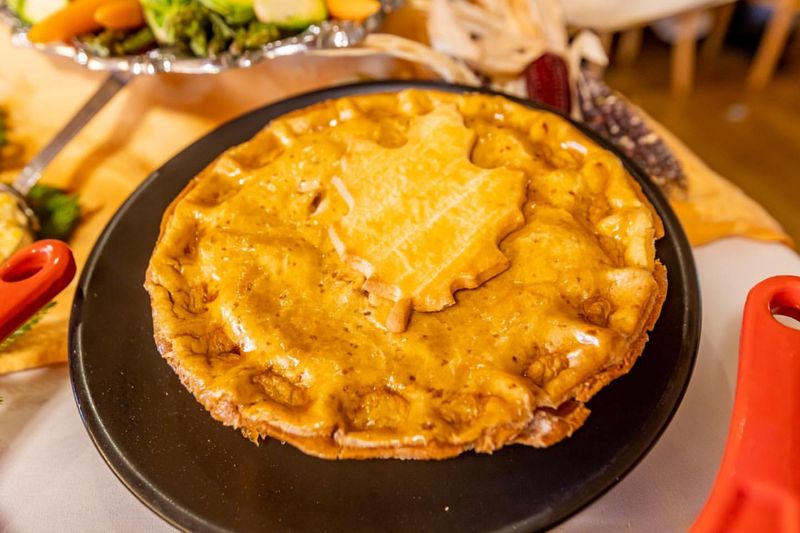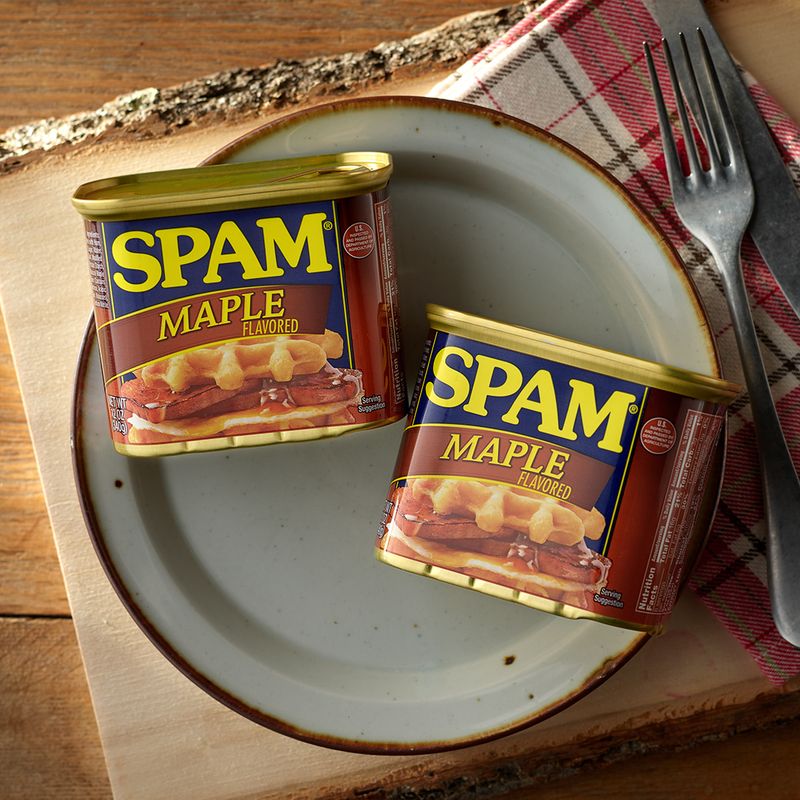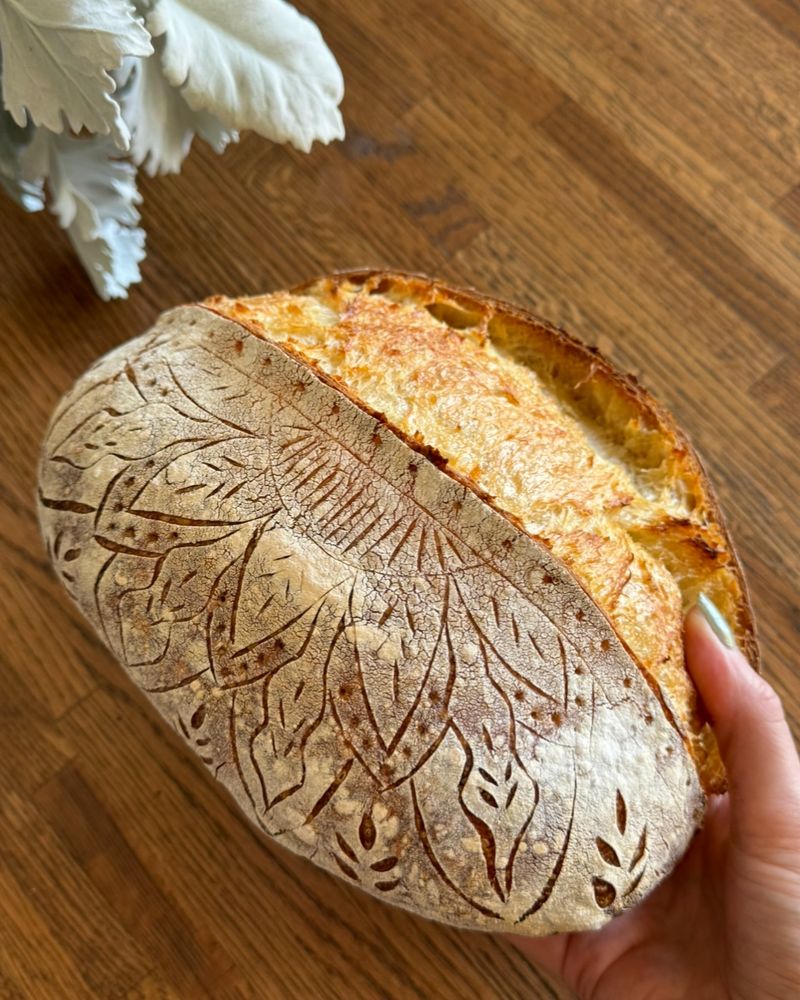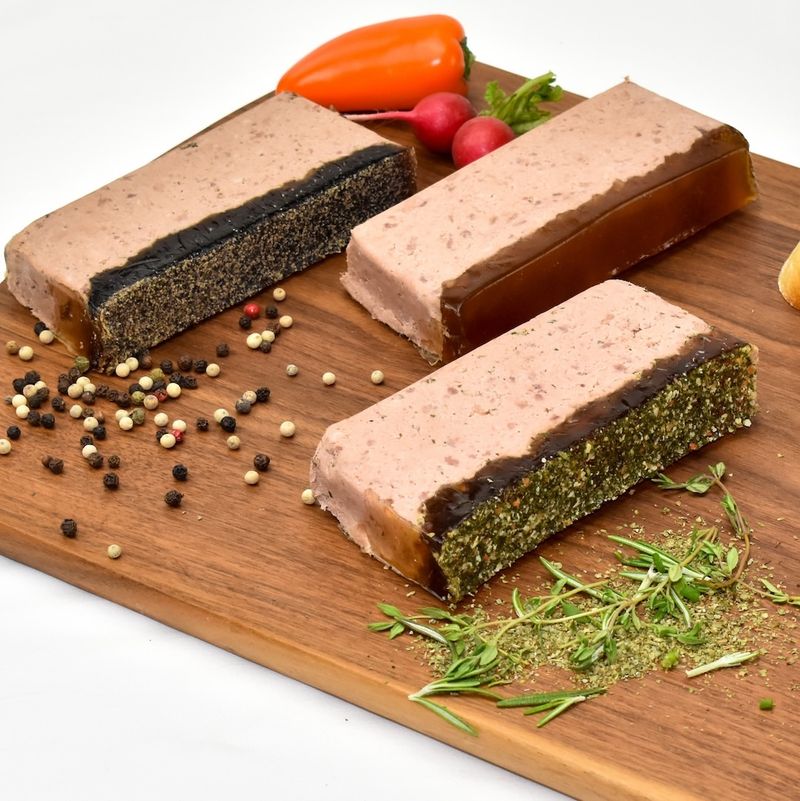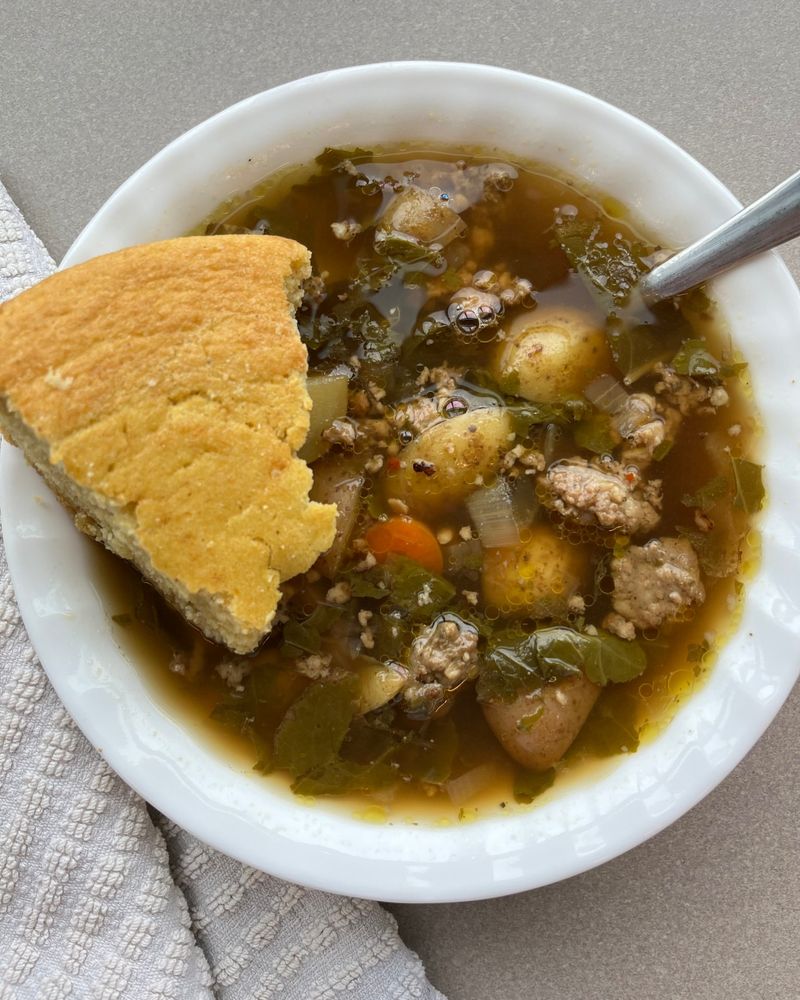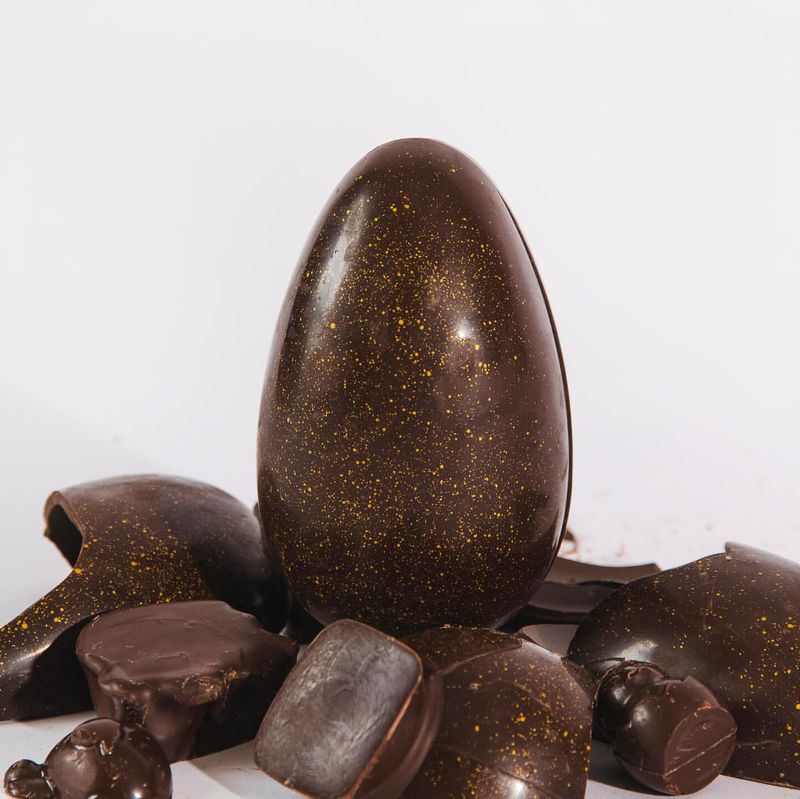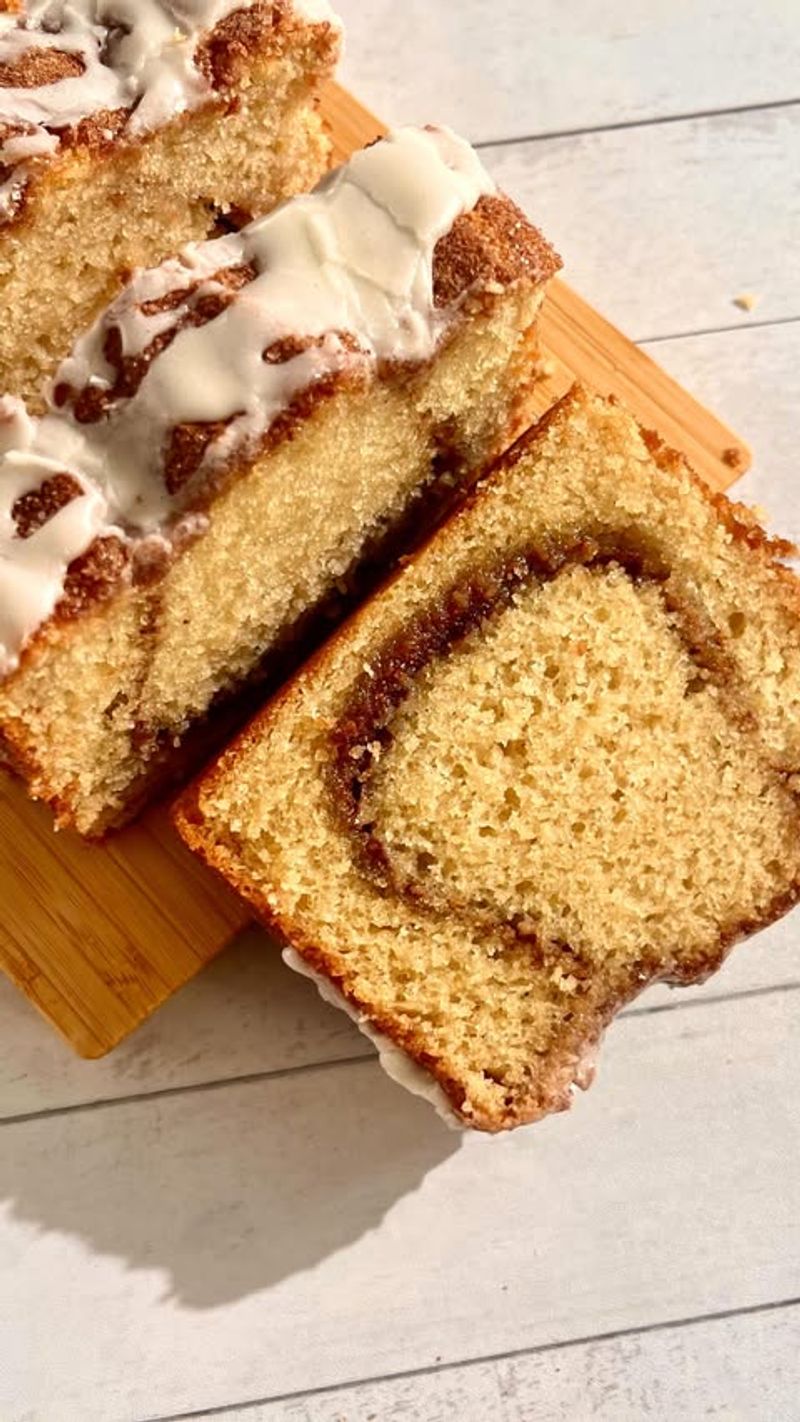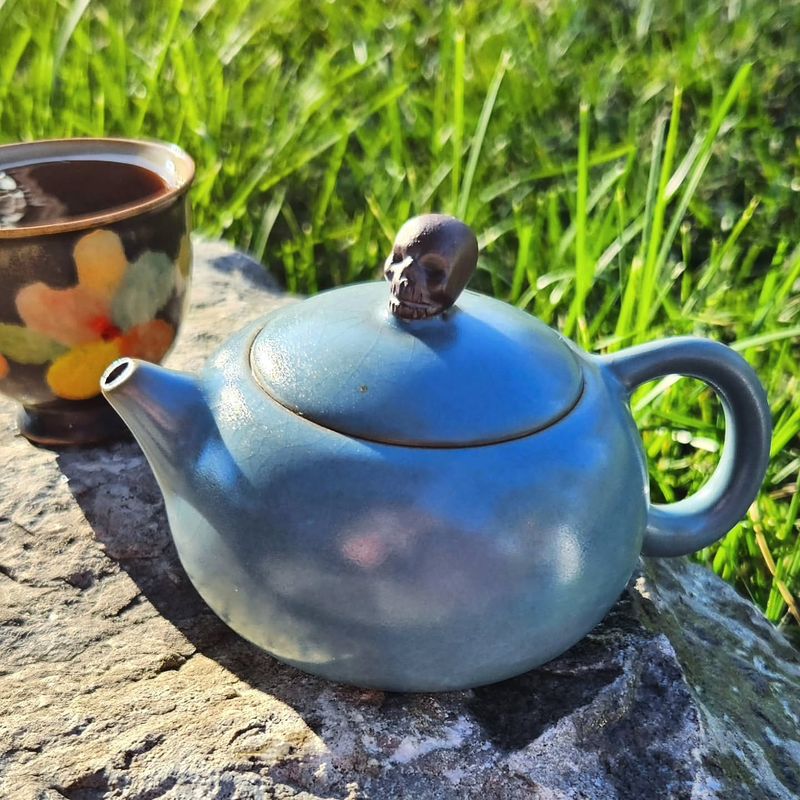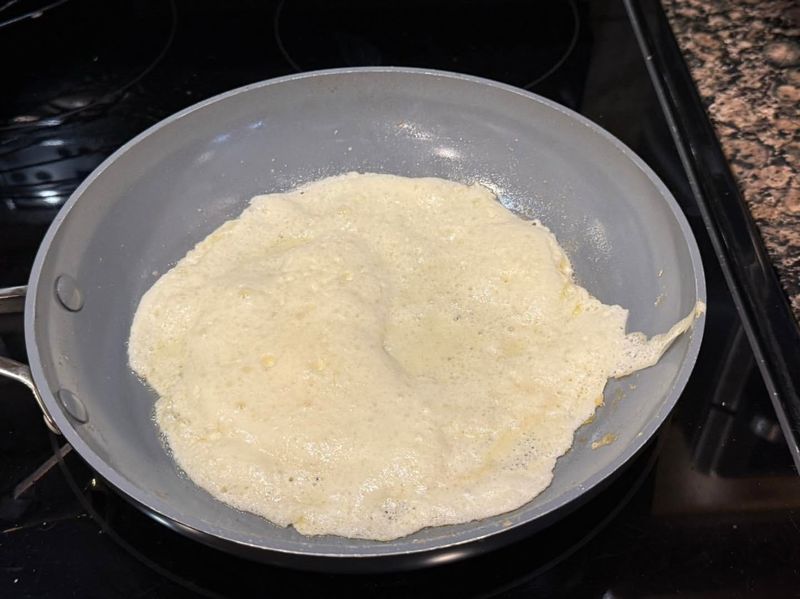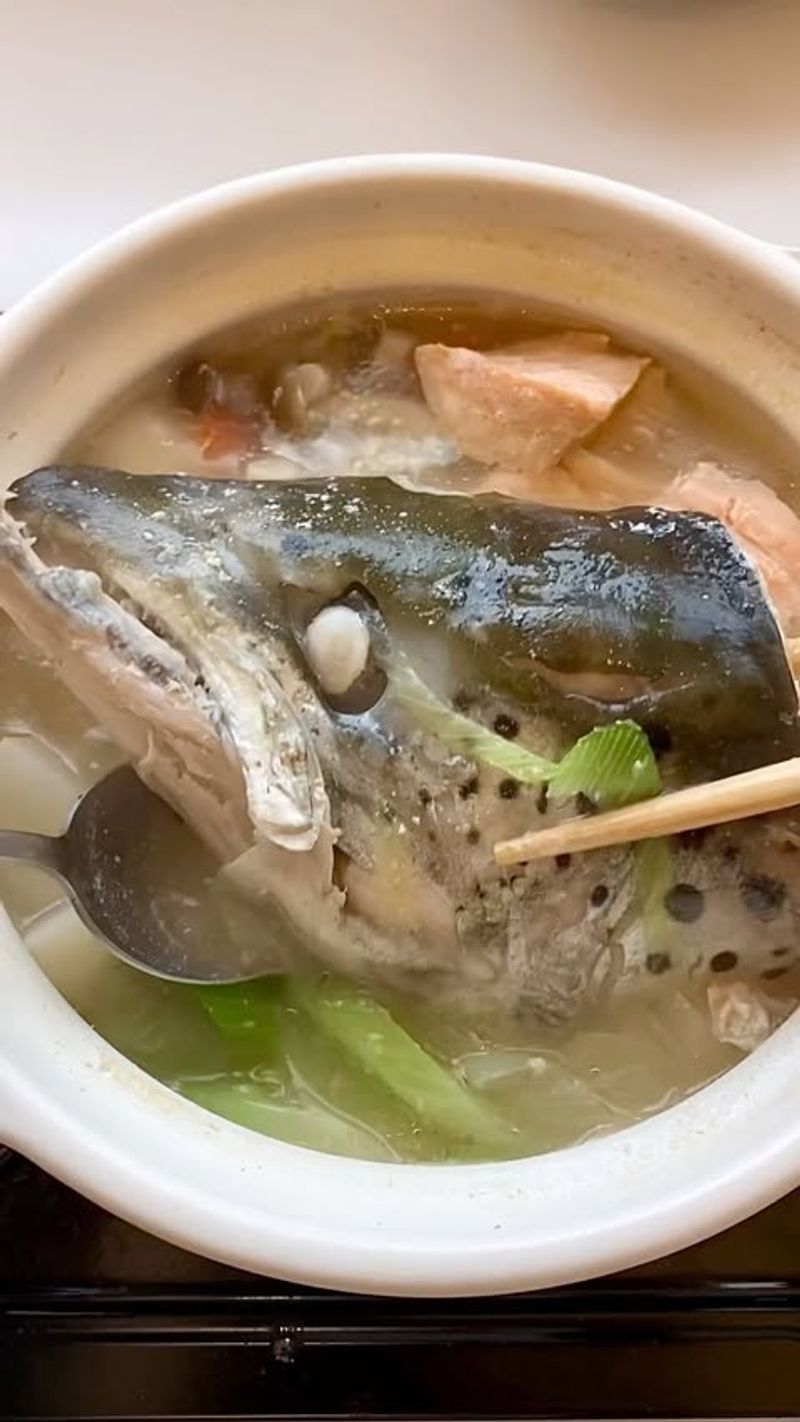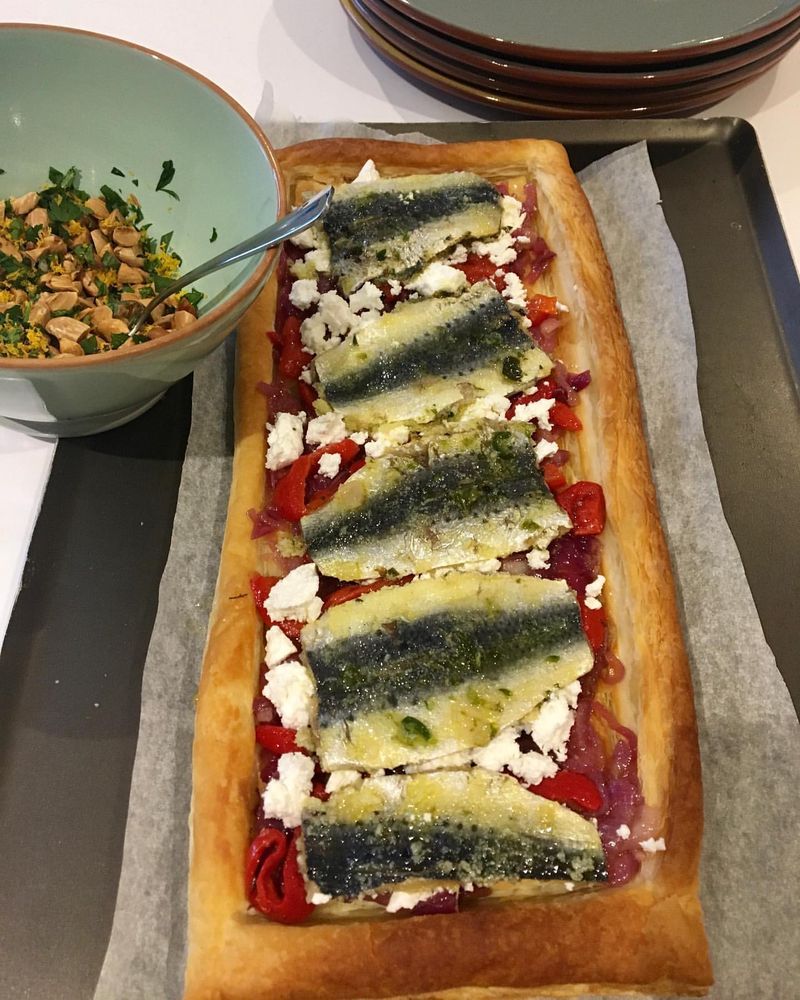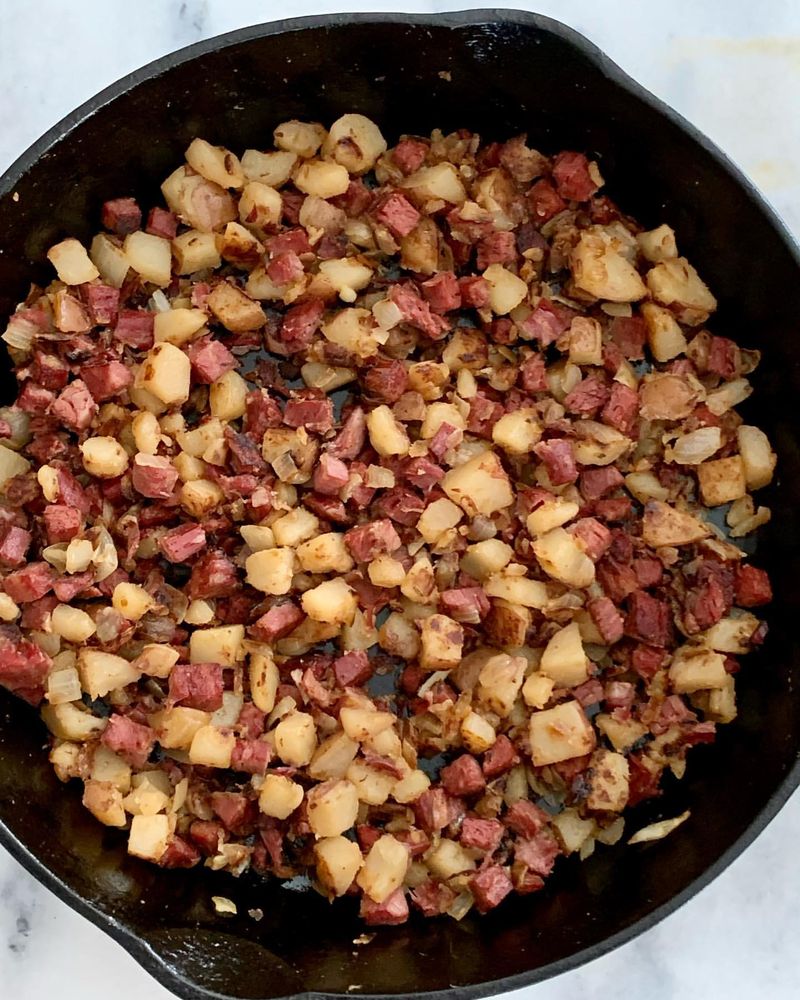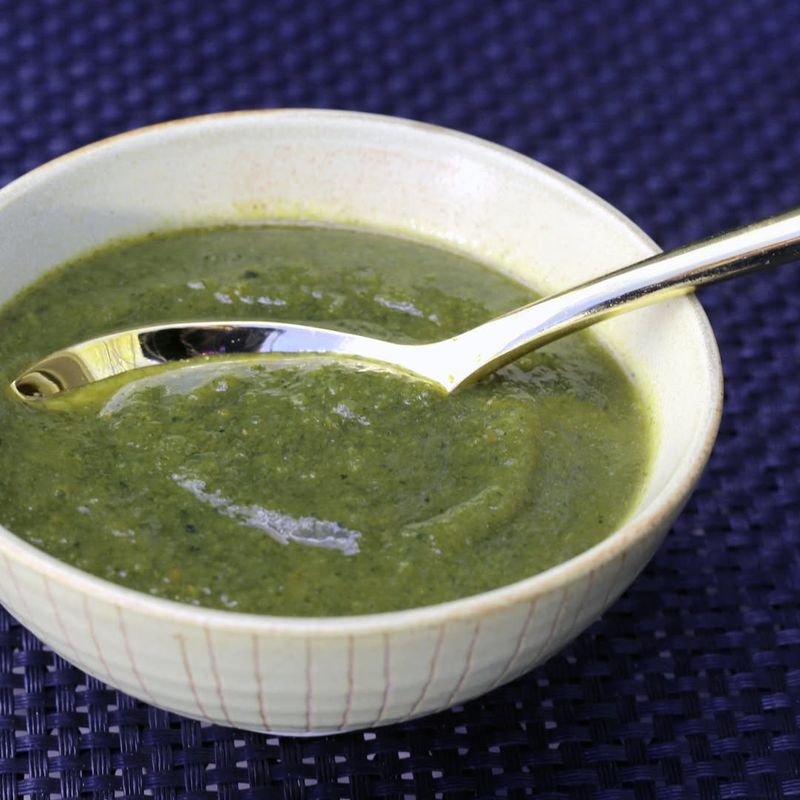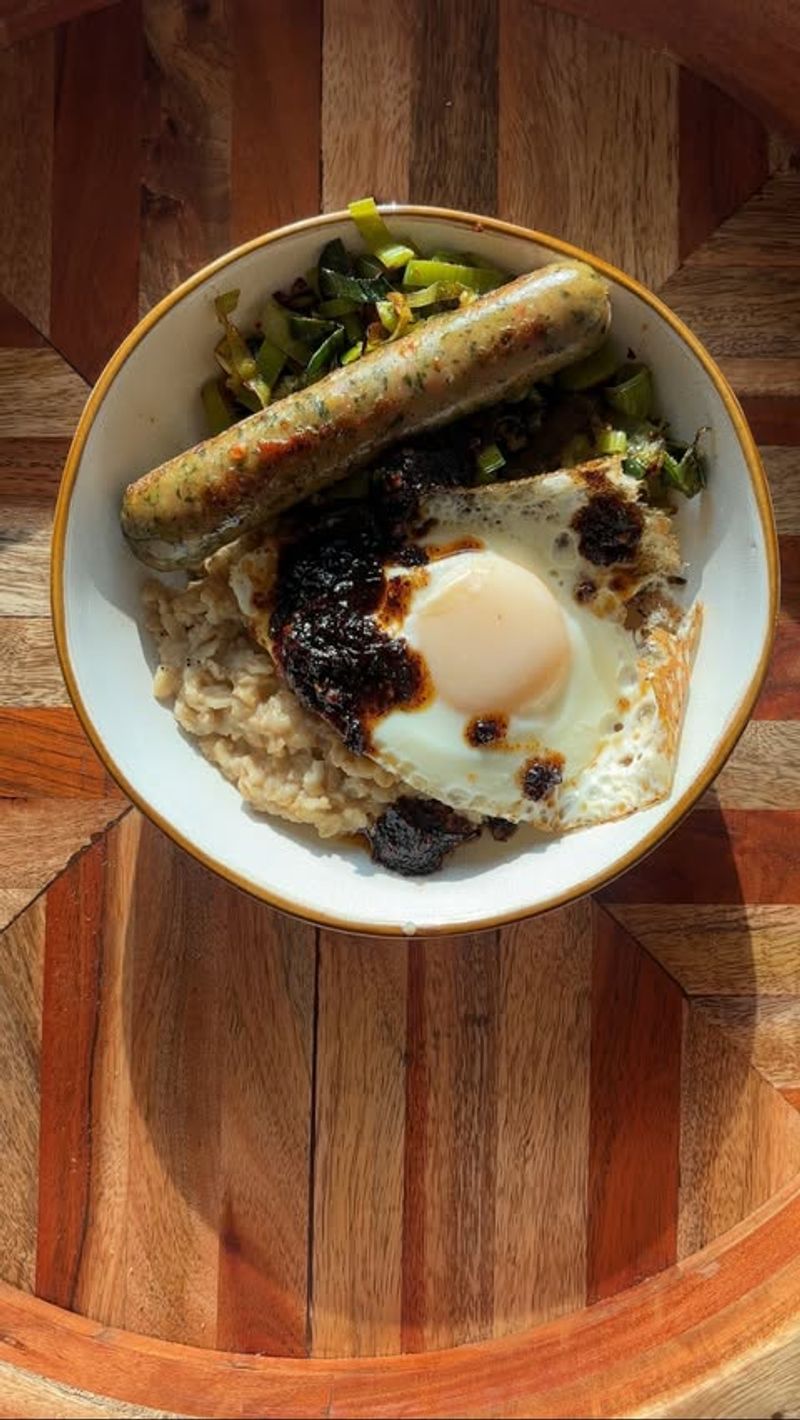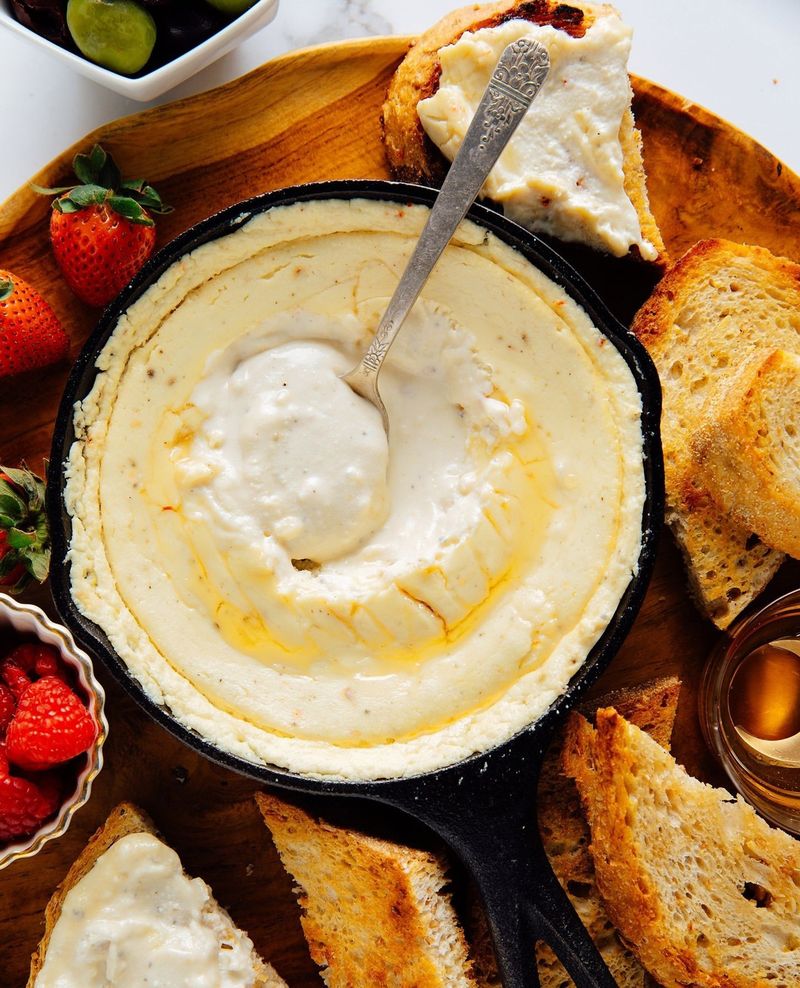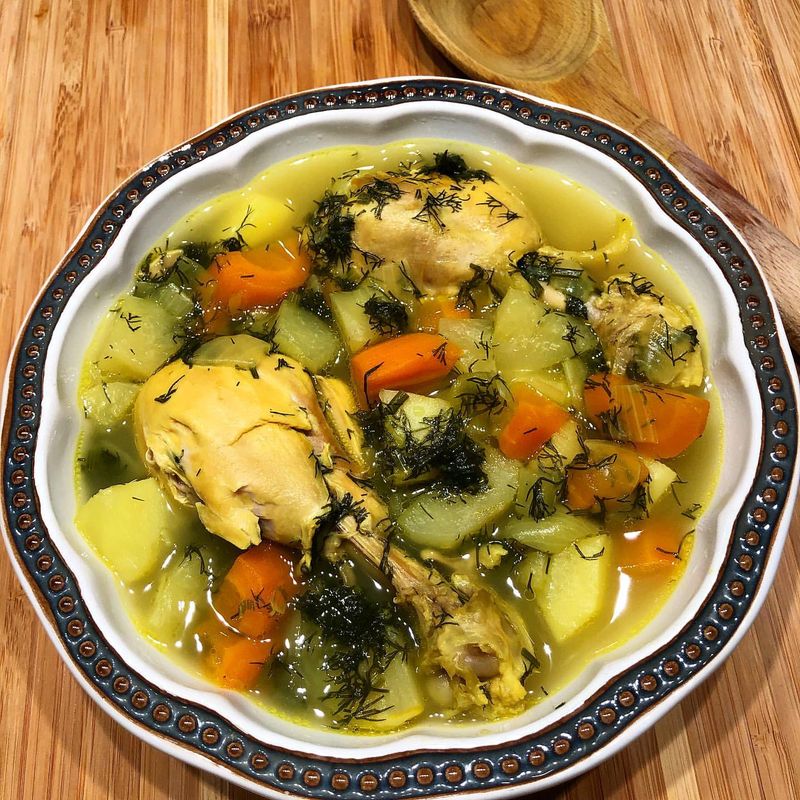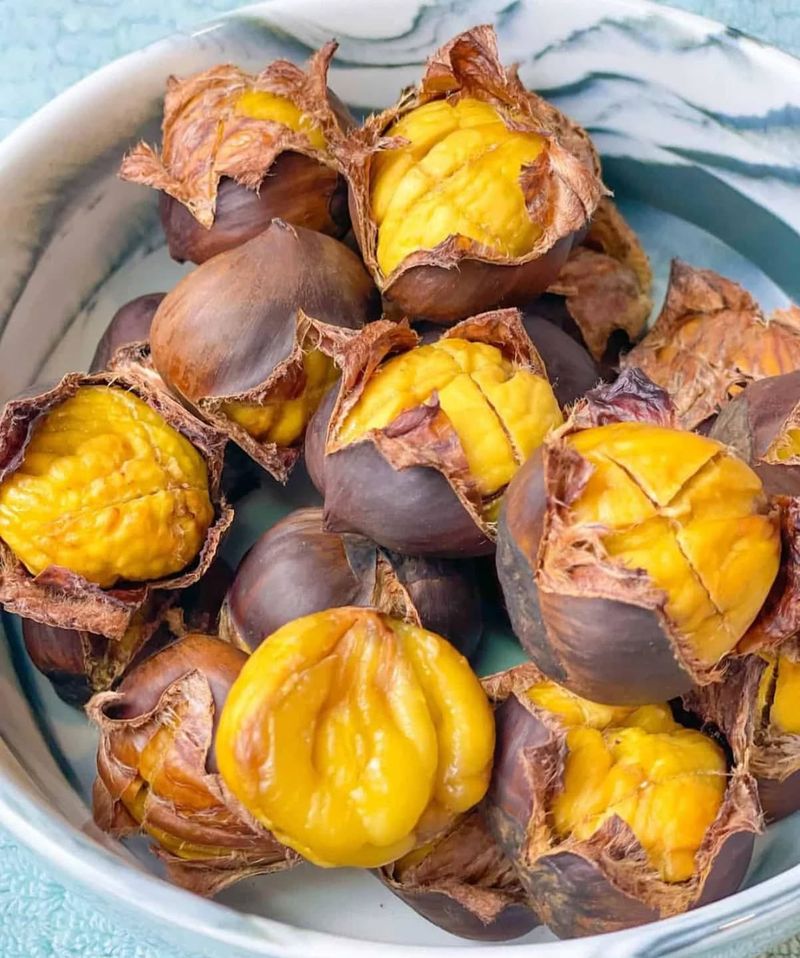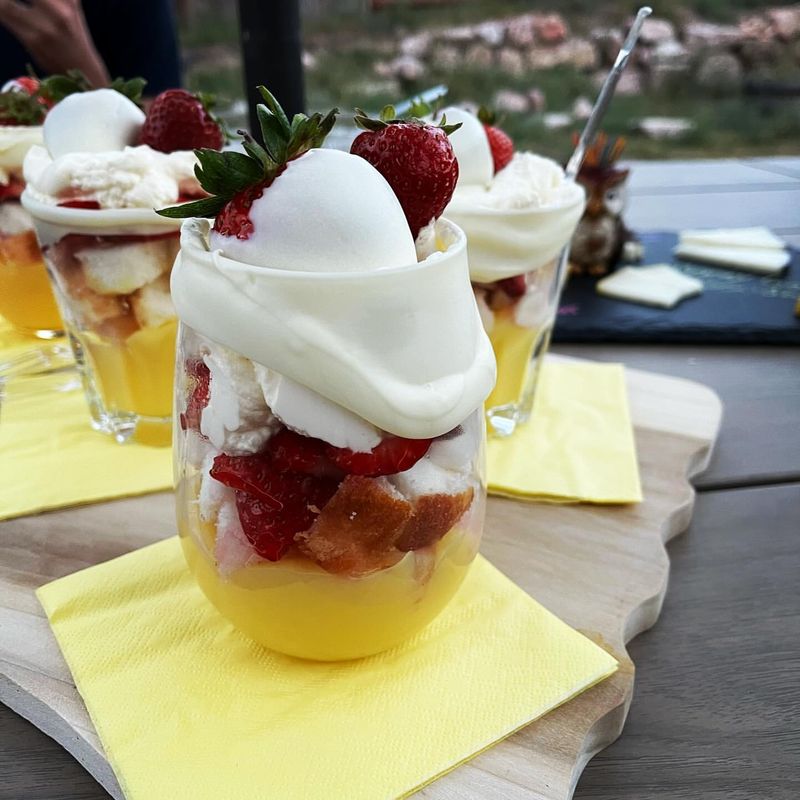I still remember sitting at my grandmother’s kitchen table, listening to her stories about life during WWII. She’d stir a pot of soup and tell me how people made meals out of scraps—potato peel soup, acorn coffee, even bread baked with sawdust.
“You ate what you could find,” she’d say with a shrug. Her stories stuck with me, so I started digging deeper.
These 25 foods might seem strange today, but during WWII, they were the difference between hunger and survival.
1. Potato Peel Soup
Potato peel soup became a staple during WWII when fresh vegetables were scarce. People peeled potatoes, not wasting a single strand, and boiled them into a thin, nutritious broth. The peels, though not typically consumed, provided essential vitamins and minerals.
Imagine a time when every scrap of food counted. This humble soup was often seasoned with herbs from home gardens, adding flavor to an otherwise bland meal. It’s a testament to human resilience and the ability to make do with what was available.
2. Acorn Coffee
This pretty picture I found as an illustration of it is quite different from the real deal. Acorn coffee, an alternative to regular coffee, emerged during WWII due to shortages. People roasted acorns, grinding them into a fine powder to brew a caffeine-free drink. Although lacking the stimulating kick of regular coffee, it offered a warm, comforting beverage.
The taste was nutty and slightly bitter, reminiscent of nature itself. Roasted acorn coffee became a symbol of ingenuity, providing a sense of normalcy when traditional coffee beans were unavailable.
3. Carrot Marmalade
Carrot marmalade was a sweet spread made from an unexpected ingredient. With citrus fruits hard to find, people turned to carrots, rich in natural sugars and vitamins, to create a substitute. The marmalade was vibrant, sweet, and surprisingly delightful.
This creative culinary adaptation allowed families to enjoy a hint of sweetness despite wartime scarcity. It was spread on bread or used in desserts, bringing a touch of joy to meals.
4. Mock Banana
This was a clever substitute for real bananas, which were unavailable during the war. Made from boiled and mashed parsnips flavored with banana essence, it mimicked the taste and texture closely enough.
The British, who loved bananas, got creative to satisfy their cravings. This faux fruit filling found its way into pies, cakes, and puddings, offering comfort in uncertain times.
5. Dandelion Salad
Dandelion salad was a nutritious and readily available dish during WWII. These weeds, commonly found in backyards, became a valuable food source. Rich in vitamins A, C, and K, they were a healthful addition to meals.
Picking dandelions was easy, and the greens were often mixed with other foraged plants. A drizzle of oil and vinegar made the salad more palatable, providing a fresh, crunchy texture to otherwise plain wartime diets.
Some people make these salads even today. I tried making it and it was quite interesting.
6. Woolton Pie
Named after Lord Woolton, Woolton Pie was a vegetable pie that became iconic in wartime Britain. Made with potatoes, carrots, turnips, and onions, it was bound together with oats or flour.
This meatless pie was a savory staple, offering a hearty meal without using rationed items. It was often seasoned with herbs and served with a rich gravy to enhance flavor.
7. Spam
The canned meat product Spam became a household staple during WWII. Its long shelf life and versatility made it a popular choice. Containing pork and ham, it could be sliced, fried, or added to various dishes.
The U.S. military heavily relied on Spam, and it quickly spread to other Allied nations. Its convenience and availability made it a go-to source of protein when fresh meat was scarce.
8. Rice Bread
Rice bread was a clever adaptation for those facing wheat shortages during WWII. Ground rice replaced flour, creating a dense, nutritious loaf. It was a satisfying alternative, especially in regions where rice was more accessible than wheat.
This bread provided essential carbohydrates, keeping energy levels up despite food restrictions. It was often baked at home, filling kitchens with the comforting aroma of freshly baked bread.
9. Liver Loaf
Liver loaf was a protein-rich dish that made the most of available organ meats. Liver, often overlooked, became a valued ingredient during the war. Mixed with breadcrumbs and herbs, it was baked into a savory loaf.
This dish provided essential nutrients, including iron and vitamins, crucial during times of limited food access. It was a hearty meal, offering sustenance and energy.
10. Turnip Stew
Turnips, plentiful and easy to grow, replaced potatoes in many recipes. So it was only natural to rely on them when making stews. Turnip stew was a warming, hearty meal prepared with root vegetables. This stew often included carrots and onions, seasoned with herbs for added flavor.
It was simple yet filling, providing comfort and nutrition during cold wartime months. It showcased how basic ingredients were transformed into satisfying meals.
11. Black Market Chocolate
Black market chocolate was a guilty pleasure during WWII, when sweets were strictly rationed. People turned to underground sources to satisfy their cravings. Though expensive and risky, it offered a taste of normalcy.
This chocolate came at a price, financially and legally. Still, it was cherished, especially by children who missed the simple joy of a sweet treat.
12. Eggless Cake
During WWII eggs were a rationed item. The eggless cake was a clever adaptation for baking without them. Vinegar and baking soda acted as leavening agents, creating a light and fluffy cake without traditional ingredients.
This cake was a favorite for special occasions, bringing joy without the need for scarce resources. It proved that delicious desserts could still be made in trying times.
13. Rationed Tea
Rationed tea was a cherished ritual, even when supplies were limited. People savored every sip, often stretching leaves to brew multiple cups. Tea drinking continued to be a comforting tradition, maintaining morale.
The British, in particular, valued their tea, melding it with camaraderie and conversation. Sugar and milk were used sparingly, but the essence of tea time endured.
14. Mock Goose
Mock goose was a meatless roast made from layers of potatoes, onions, and apples. It mimicked the appearance and taste of a goose roast, using ingredients that were readily available.
This dish became a festive highlight, especially during holiday times, when traditional meats were out of reach. It was baked to golden perfection, offering a satisfying, hearty meal.
15. Powdered Egg
Powdered eggs were a popular substitute for fresh eggs, which were rationed during WWII. This dried form allowed people to enjoy eggs in baked goods and scrambled dishes without needing the real thing.
The product was reconstituted with water, offering convenience and a long shelf life. It was a staple in many households, especially for baking. They were a lifesaver during the war, helping cooks maintain familiar flavors and textures.
16. Fish Head Soup
This soup made use of parts that were often discarded. During WWII, wasting food was not an option, and this soup became a nutritious and flavorful meal.
The heads provided rich flavor and were boiled with vegetables and herbs. It was a thrifty way to make the most of limited resources, offering a hearty dish.
Would you savor a bowl of fish head soup?
17. Peanut Butter Soup
Another interesting soup was the peanut butter soup. A creamy, protein-rich meal that made the most of available ingredients. Peanuts were easy to store, and their butter form created a hearty base for soup.
Mixed with vegetables and spices, this dish offered warmth and sustenance during difficult times. It was a unique blend of flavors, both comforting and satisfying.
18. Sardine Tarts
Sardine tarts were a savory treat made with canned sardines, a readily available wartime food. The fish was mixed with breadcrumbs, herbs, and spices, then baked in small pastry shells.
These tarts were a tasty way to use canned fish, providing a flavorful and satisfying snack or meal. They were often served at gatherings, showcasing how creativity thrived even during scarcity.
19. Corned Beef Hash
Corned beef hash was a comforting, filling dish that combined corned beef with potatoes and onions. Canned corned beef was widely available, making it a staple ingredient.
This hash was fried to crispy perfection, offering a hearty meal that could be enjoyed at any time. It was a versatile dish, often accompanied by eggs or served on toast.
20. Nettle Soup
Nettles, often considered weeds, were foraged and turned into a vibrant, green soup. Nettle soup was a nutritious, easily accessible dish during WWII.
Rich in iron and vitamins, nettles provided essential nutrients. The soup was often flavored with potatoes or onions to enhance its taste, offering a wholesome meal.
21. Oatmeal Sausage
This one might be a great inspiration for a vegetarian meal today. Oatmeal sausage was a meatless alternative created during WWII, using oats as the main ingredient. Mixed with herbs and spices, it was formed into logs and cooked to resemble traditional sausage.
This dish offered a savory, hearty option without relying on scarce meats. It was a versatile meal, served with sides or in sandwiches, providing flavor and sustenance.
22. Cheese Spread
Cheese spread was a creamy, flavorful substitute for real cheese during WWII. Made from powdered milk, margarine, and seasonings, it was a spreadable delight.
This spread provided a taste of indulgence without using rationed cheese. It was enjoyed on bread, crackers, or as a topping, adding richness to meals.
23. Kohlrabi Stew
Kohlrabi stew was a nutritious, filling dish that made use of this lesser-known vegetable. Kohlrabi, available and easy to grow, became a staple in wartime diets.
The stew often included other root vegetables and was seasoned with herbs for flavor. It was a hearty meal, providing warmth and nutrition during tough times.
Could kohlrabi stew find a place in your recipe book?
24. Roasted Chestnuts
My grandma told me how much comfort she found in roasted chestnuts. They were a popular snack during the colder months of WWII. Available in abundance, they provided a warm, nutty treat.
These chestnuts were roasted over open fires or in ovens, offering a simple but delightful way to enjoy them. They were often shared among families, adding warmth to chilly evenings.
25. Wartime Trifle
Wartime trifle was a dessert that adapted to rationing by using available ingredients. Layers of sponge cake, custard, and fruit created a visually appealing, delicious treat.
This trifle was often made with dried or canned fruits, and the custard might be prepared from powdered milk. It was a luxurious dessert, adding a touch of elegance to special occasions.


